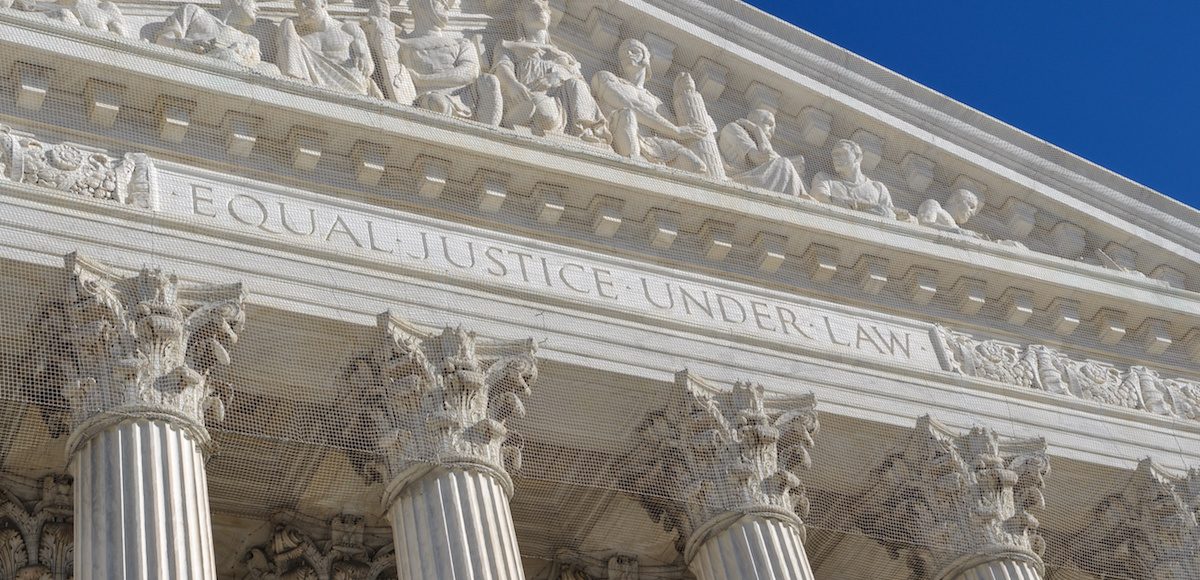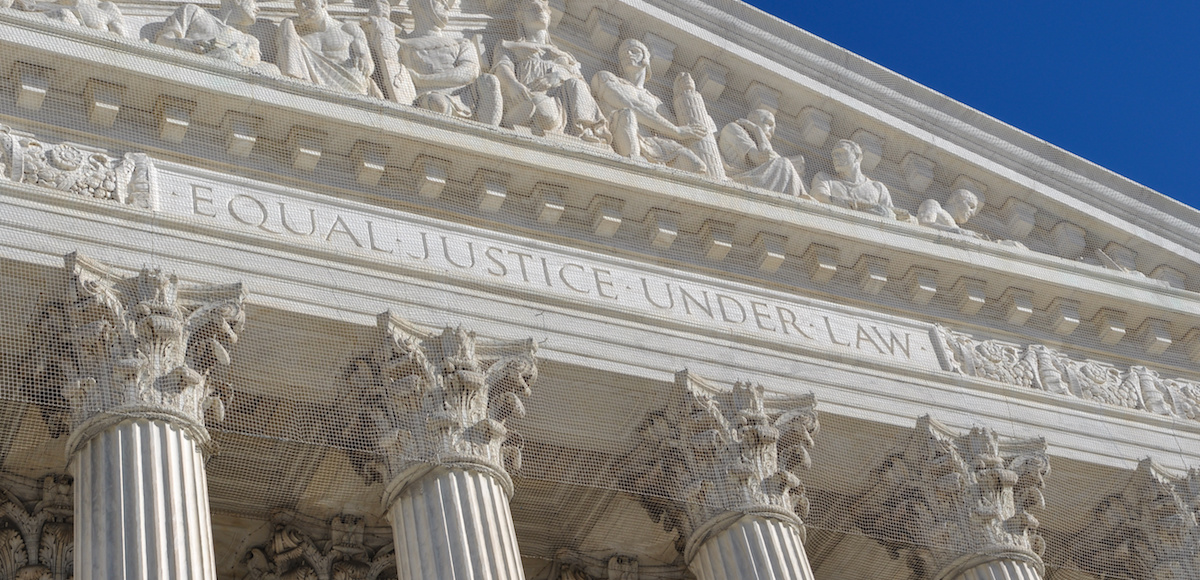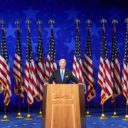

The Supreme Court of the United States (SCOTUS). (Photo: AdobeStock/bbourdages)
The Supreme Court ruled 5 to 4 President Donald Trump’s travel ban proclamation was “squarely within the scope of Presidential authority under the INA.” The ruling, which sends back the case with instruction, represents a major victory for the White House and comes after more than a year of legal challenges and judicial activism in lower courts.
For the majority, Chief Justice John Roberts wrote that the executive action is “squarely within the scope of Presidential authority under the INA.”
The “Executive Order Protecting The Nation From Foreign Terrorist Entry Into The United States” cited the president’s authority granted by the U.S. Constitution and the U.S. Congress, specifically the Immigration and Nationality Act (INA) of 1952.
Whenever the President finds that the entry of any aliens or of any class of aliens into the United States would be detrimental to the interests of the United States, he may by proclamation, and for such period as he shall deem necessary, suspend the entry of all aliens or any class of aliens as immigrants or nonimmigrants, or impose on the entry of aliens any restrictions he may deem to be appropriate.
Chief Justice Roberts addressed the issue of the president’s statements on excluding Muslims from the U.S., which his critics cited as a legal argument. In the majority opinion, he wrote “the issue before us is not whether to denounce the statements. It is instead the significance of those statements in reviewing a Presidential directive, neutral on its face, addressing a matter within the core of executive responsibility.”
The People’s Pundit Daily (PPD Poll) Big Data Poll has repeatedly found majority support for President Trump’s executive order. President Trump issued the order within days of being inaugurated and rewrote it in an attempt to address the concerns of the lower courts.
The 9th Circuit Court of Appeals, the most liberal and overturned court in the land, ruled against the Trump Administration, as did a federal judge in Hawaii. However, unlike the first order, the second detailed categories of people eligible to enter the United States for business or medical travel purposes.
It also no longer suspended Syrian refugee admissions indefinitely and excluded Iraq.
Still, lawyers for the state of Hawaii, the most liberal state in the country, moved for a temporary restraining order on March 15, the day before the new executive order was supposed to take effect.
But the High Court found “the Government has set forth a sufficient national security justification to survive rational basis review” and that the “plaintiffs have not demonstrated a likelihood of success on the merits of their constitutional claim.”
The initial executive order came on the heels of the DHS revealing nearly a third of the 1,000 domestic terrorism cases currently being investigated by the Federal Bureau of Investigation (FBI) involve those admitted to the U.S. as refugees.
Officials said some of those 300 came to “infiltrate” the U.S., while others were radicalized once they were in the country. The report represented the first official solid tie between the refugee resettlement program and an increase in domestic terrorism.
UPDATE
President Trump reacted to the decision on Twitter.
SUPREME COURT UPHOLDS TRUMP TRAVEL BAN. Wow!
— Donald J. Trump (@realDonaldTrump) June 26, 2018








Rocky Max / June 26, 2018
Winning!!!!
/
Mark Cole / June 26, 2018
That’s the key. Does not go to reasoning for any specific countries but to the president’s sole dis… https://t.co/FxSN9hkDXH
/